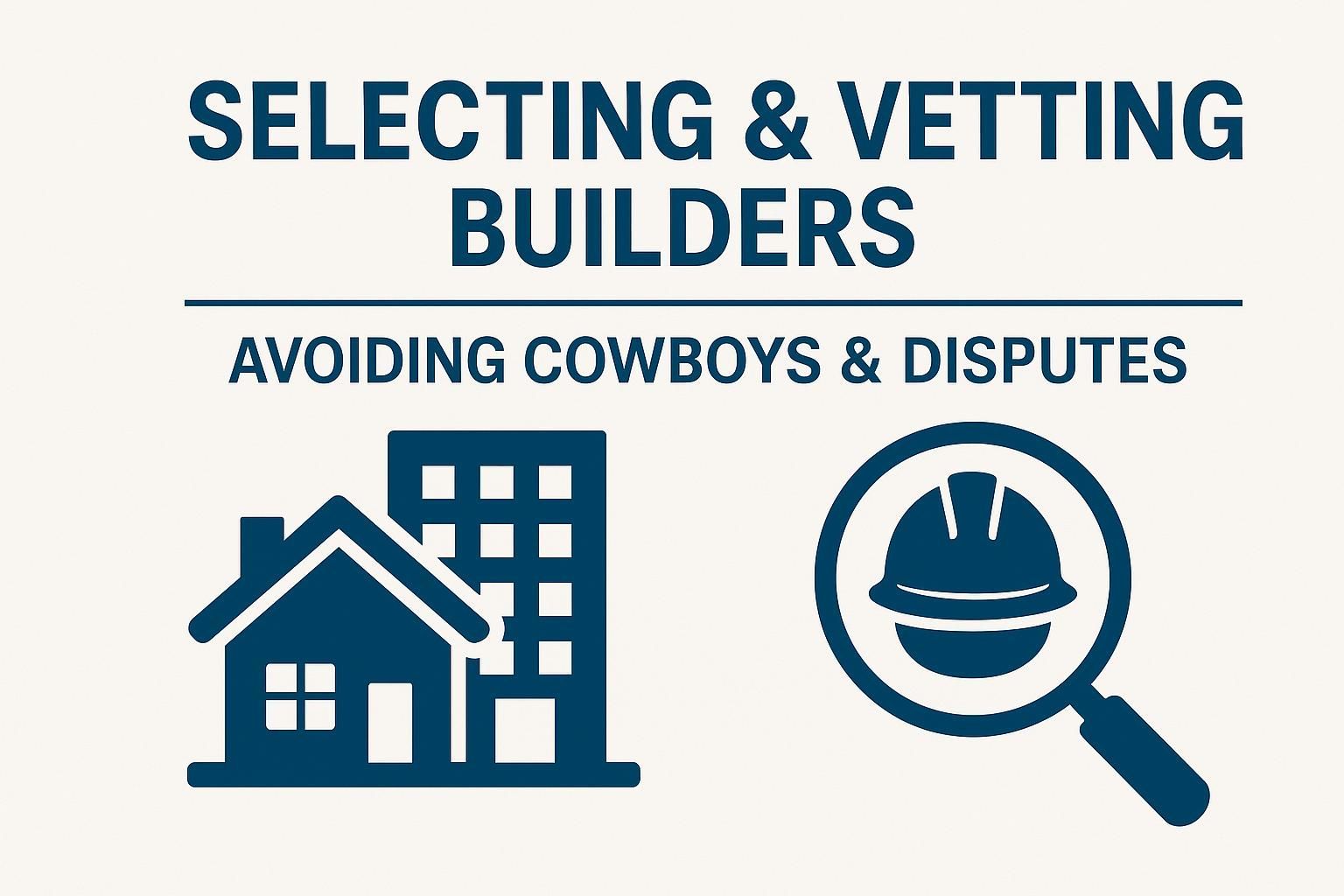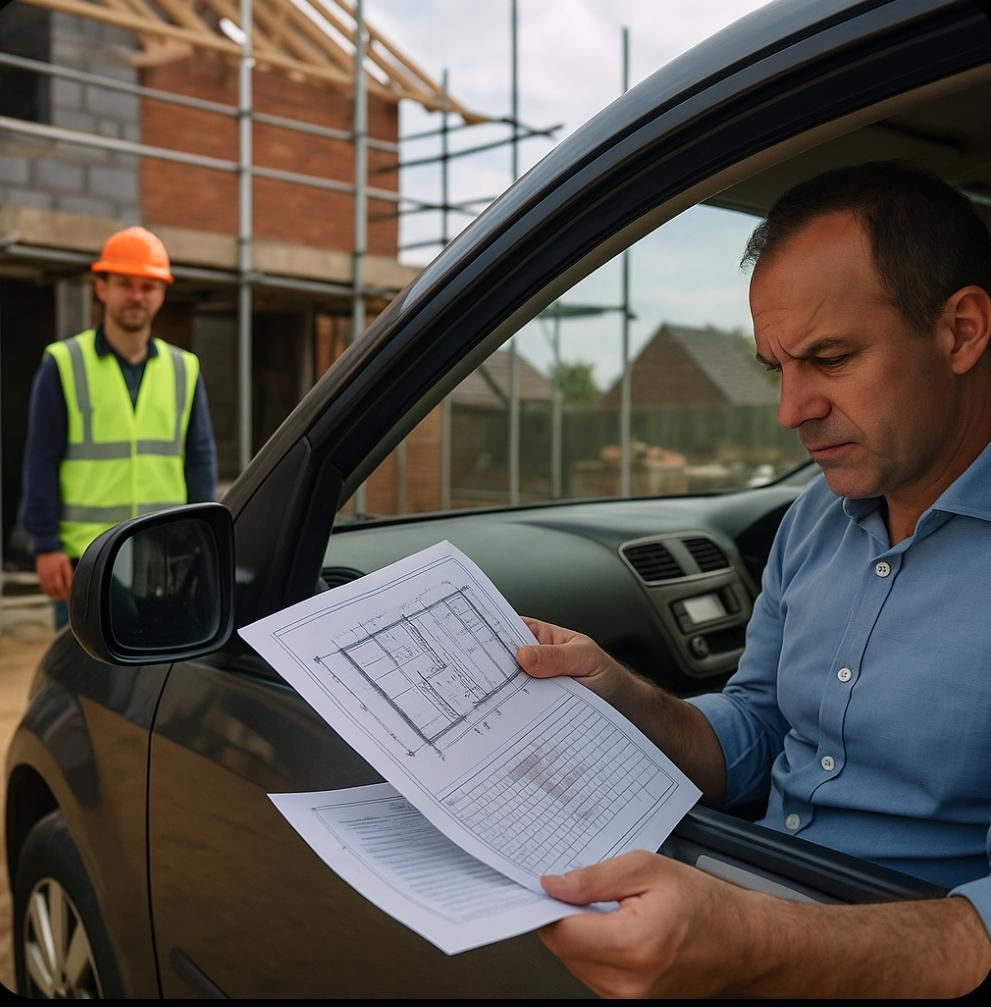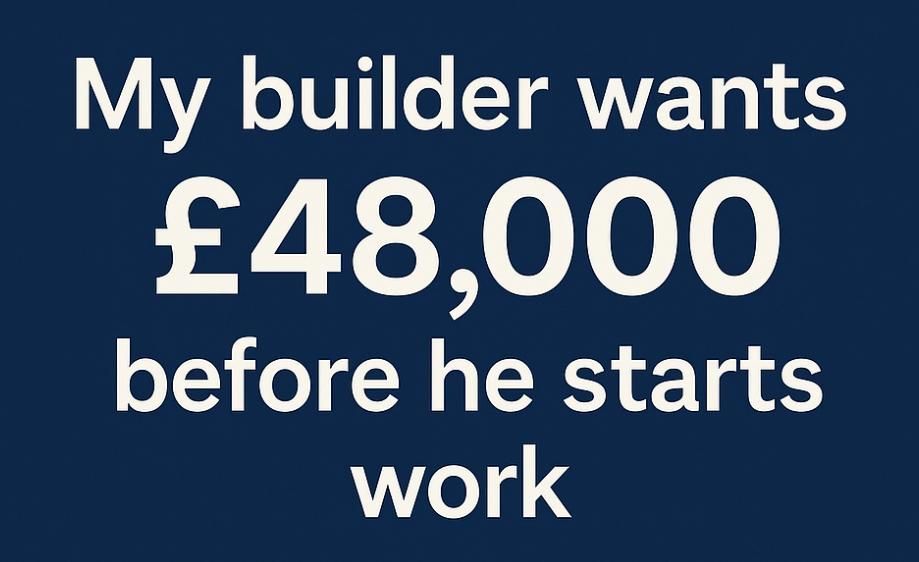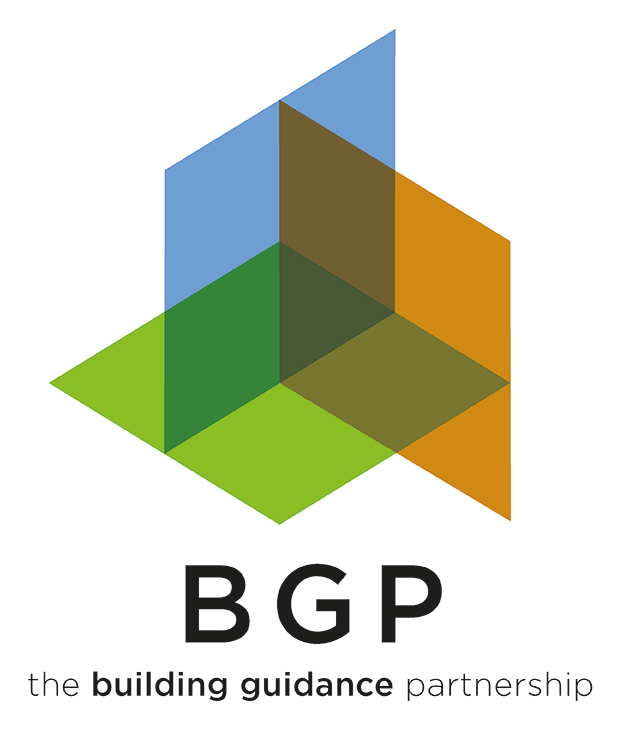Lead Water Pipes @ Home
Do you have a lead water supply at home?

Is your home water supply made of lead?
Some properties in the UK still have lead water supply pipes. Lead pipes were once commonly used for the distribution of drinking water, but their use has declined significantly in recent years due to concerns about the potential health effects of lead exposure.
In the UK, the use of lead pipes for domestic water supplies was phased out in the 1970s, but it is still the case that some older properties still have lead pipes in place. In general, lead pipes are more likely to be found in properties that were built before the 1970s, although it is not uncommon for them to be found in properties built up until the 1990s.
If you are concerned about the possibility of lead pipes in your property, you can contact your local water supplier or a qualified plumber to have your pipes tested. In most cases, lead pipes can be replaced with more modern materials, such as copper or plastic, to ensure the safety and reliability of your water supply.
Do I have lead pipes?
Inside your home: Check the pipe leading to the internal stop valve. This is often under the kitchen sink, behind the kitchen cupboards or sometimes in the cupboard under the stairs.
Outside your home: Open the flap of your outside stop valve and look at the pipe running towards your property.
- Check the colour: Unpainted lead pipes are a dull grey colour
- Look at the joints: Lead joints are rounded and swollen where two pipes meet
- Scratch the pipe gently: Scratches on lead pipes will reveal a shiny metal that's silver in colour
- Tap the lead pipe with a metal object: Lead makes a dull thud rather than the clear ringing produced by a copper or iron pipe
How is a lead water supply pipe actually replaced?
There are several methods that can be used to replace a lead water supply pipe, depending on the location and condition of the pipe, as well as the availability of other utilities and structures in the area. Some common methods for replacing lead pipes include:
· Pipe bursting: This method involves inserting a tool called a bursting head into the existing lead pipe and using hydraulic pressure to break up the pipe from the inside. As the lead pipe is broken up, a new pipe is simultaneously pulled through the space created by the bursting head, effectively replacing the old pipe without the need for excavation.
· Pipe relining: This method involves inserting a liner into the existing lead pipe and inflating it to create a new pipe inside the old one. The liner is typically made of a flexible, corrosion-resistant material, such as polyethylene or fiberglass, and can be used to repair or replace damaged or leaking pipes without the need for excavation.
· Open cut excavation: This method involves physically digging up the old lead pipe and replacing it with a new pipe. This is typically the most labor-intensive and disruptive method, but may be necessary in certain situations, such as when the old pipe is severely damaged or when other utilities or structures are in the way.
It is important to note that replacing a lead water supply pipe is typically a complex and specialized task that should only be performed by a qualified plumber or water utilities technician. If you are considering replacing a lead pipe in your property, it is recommended to seek the advice of a professional to ensure that the work is done safely and effectively.
Whilst replacing the pipe you may also be able to ensure that your new supply has a better water flow rate improving the user experience in showers and baths.



